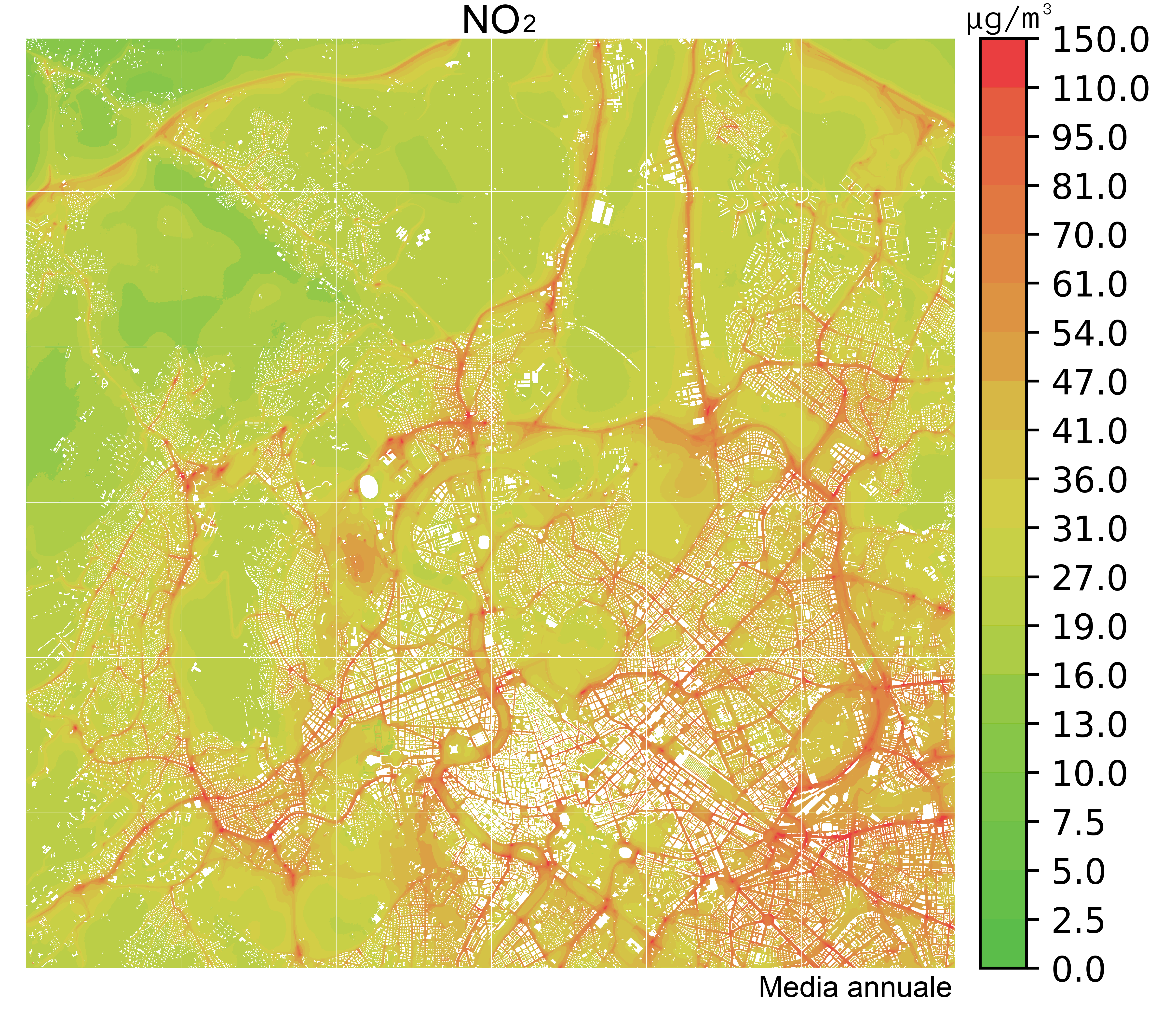PMSS is a microscale modeling system based on three-dimensional Lagrangian particle modeling for simulating the transport and dispersion of atmospheric pollutants. This approach allows for a realistic description of the physical phenomena under study and enables simulations across many different configurations in relatively short times, typically much shorter than those required by more complex Computational Fluid Dynamics (CFD) models.
The system primarily consists of:
- The Zero Divergence Diagnostic Meteorological Preprocessor with Obstacles: Swift.
- The Lagrangian Particle Dispersion Model: Spray, configured for microscale and parallel computations.
The main innovative feature of PMSS is its capability to perform parallel operations on computers or computer networks configured with distributed memory using the MPI protocol.
PMSS, thanks to the specialized functioning of the ParallelSpray code, which operates in scalar, multicore/single tile, or multitile parallel modes, offers the advantage of enabling microscale computations over relatively long periods (on the order of a year) and across extensive domains (such as entire cities). This is achieved by leveraging parallel processing on high-performance distributed memory computing systems, effectively distributing the computational load across a large number of processors.
The model can also be used in backward mode to reconstruct backward trajectories, which helps identify the origin areas of potential sources. This application is particularly useful in contexts such as estimating sources of odor emissions.

Example of PMSS system application to the city of Rome, annual average NO2 concentrations generated by vehicular traffic over a 12×12 km2 domain subdivided into 36 tiles.
